Portal 2’s Innovative Use of Physics
Portal 2, developed by Valve Corporation and released in 2011, is a seminal video game that creatively employs physics to enhance its gameplay. The game serves as a masterclass in how realistic physics mechanics can elevate the immersive experience, offering depth both in its storytelling and puzzle-solving elements. By ingeniously integrating principles of physics, Portal 2 not only provides entertainment but also challenges players to think critically and creatively.
At the heart of Portal 2’s gameplay is the iconic handheld portal device, frequently referred to as the “portal gun.” This tool allows players to create inter-spatial gateways between two flat surfaces. By bridging non-contiguous spaces, the portal gun is a practical demonstration of a hypothetical physics principle: creating real-time wormholes. Players must manipulate these portals thoughtfully to progress through each level, which requires an intuitive understanding of spatial relationships and motion dynamics.
One of the most fascinating aspects of Portal 2 is its utilization of gravitational acceleration. When players jump into a portal from a height, they gain momentum as they fall, which can be used to propel them through a horizontally placed portal at high speed. This concept, rooted in the conservation of momentum, is commonly referred to in the game as “flinging.” Flinging challenges players to consider both the angle and position of portals in three-dimensional space, exemplifying a practical application of Newton’s laws of motion.
Furthermore, Portal 2 introduces several gels—repulsion, propulsion, and conversion—that modify surface properties to deepen the complexity of puzzle mechanics. The propulsion gel, for instance, decreases friction, allowing players to slide over surfaces with increasing velocity. Understanding how these gels interact with the game’s physics is crucial to solving the more complicated puzzles. For example, coating a ramp with propulsion gel and utilizing gravity assists in launching the player across wide gaps, combining principles of friction reduction and kinetic energy transfer.
Another innovative use of physics in Portal 2 is the manipulation of light and bridges. The game features hard light bridges that act as solid walkways and can be redirected through portals to reach otherwise inaccessible areas. These bridges must often be used creatively in concert with other game mechanics, requiring players to integrate principles of geometry and linear physics into their approach. Understanding the trajectory and angles at which these elements operate is not only essential for progress but also encourages players to engage in strategic planning.
Portal 2’s physics engine also extends to its depiction of fluid dynamics through the use of water and other liquid-like substances in various puzzles. The behavior of these substances adheres to realistic principles, challenging players to use their understanding of buoyancy and flow to their advantage. For instance, certain levels require players to submerge or manipulate water to affect objects or clear pathways, emphasizing the importance of volume displacement and pressure.
One cannot overlook the significance of inertia within the game. Inertia influences objects and the player’s movement, adding another layer of realism and challenge. Players must judiciously manage their momentum when transitioning between portals or navigating treacherous environments. This attention to realistic motion is not only a nod to classical mechanics but also enhances the feeling of immersion, consistently engaging players in a dance of physics and fantasy.
The cooperative mode in Portal 2 further exemplifies the game’s complex physics-based puzzles. Cooperation between players is essential to solve challenges that are purposefully complex, requiring the synchronized use of portal guns to harness gravitational forces, momentum, and more. This encourages not only collaboration but also communication, as players must negotiate their understanding of physics to progress effectively. It is a testament to how Portal 2 extends its physics-based gameplay into social interaction, enhancing the cooperative gaming experience.
Another noteworthy element is the Weighted Storage Cubes, which players often use as counterbalances or to trigger pressure-sensitive platforms. The cubes illustrate the principles of mass and force distribution. Knowing where and how to place these cubes is key to solving various puzzles, compelling players to utilize a strategic understanding of leverage and equilibrium.
Aesthetic components of Portal 2 play into the game’s physics as well. The decayed state of the Aperture Science facility, where the game is set, provides a visual cue to players, signaling the potential interaction of objects within the environment. This setting aligns with realistic physics constraints, such as sagging platforms and collapsing structures, which serve as additional hurdles for players.
Portal 2’s use of physics is not limited to simply solving puzzles; it becomes a narrative tool as well. The character of GLaDOS uses physics against the player, manipulating environmental elements to create obstacles or advance the story. This dynamic of using the game’s own rules of physics against the player introduces an element of unpredictability, emphasizing the need for adaptability and prowess.
Significantly, Portal 2 achieves all this while maintaining an intuitive user interface. The game’s design ensures that its sophisticated physics engine remains accessible to players without prior knowledge of physics. Tutorials are embedded naturally within the gameplay, allowing players to learn and master the mechanics as they progress. This approach showcases how complex physics can be seamlessly integrated into gaming without overwhelming the player, offering a learning curve that is both engaging and rewarding.
In conclusion, Portal 2 stands as a groundbreaking example of how physics can be intricately woven into the fabric of a video game. Its impressive application of gravitational and inertial physics, coupled with its use of optical elements and fluid dynamics, serves to engage players deeply. By integrating physics in such a dynamic and interactive way, Portal 2 challenges players to expand their thinking and adapt to increasingly complex scenarios. This innovative use of physics not only underpins the game’s overall success but also secures its place as an enduring staple in the realm of interactive entertainment.
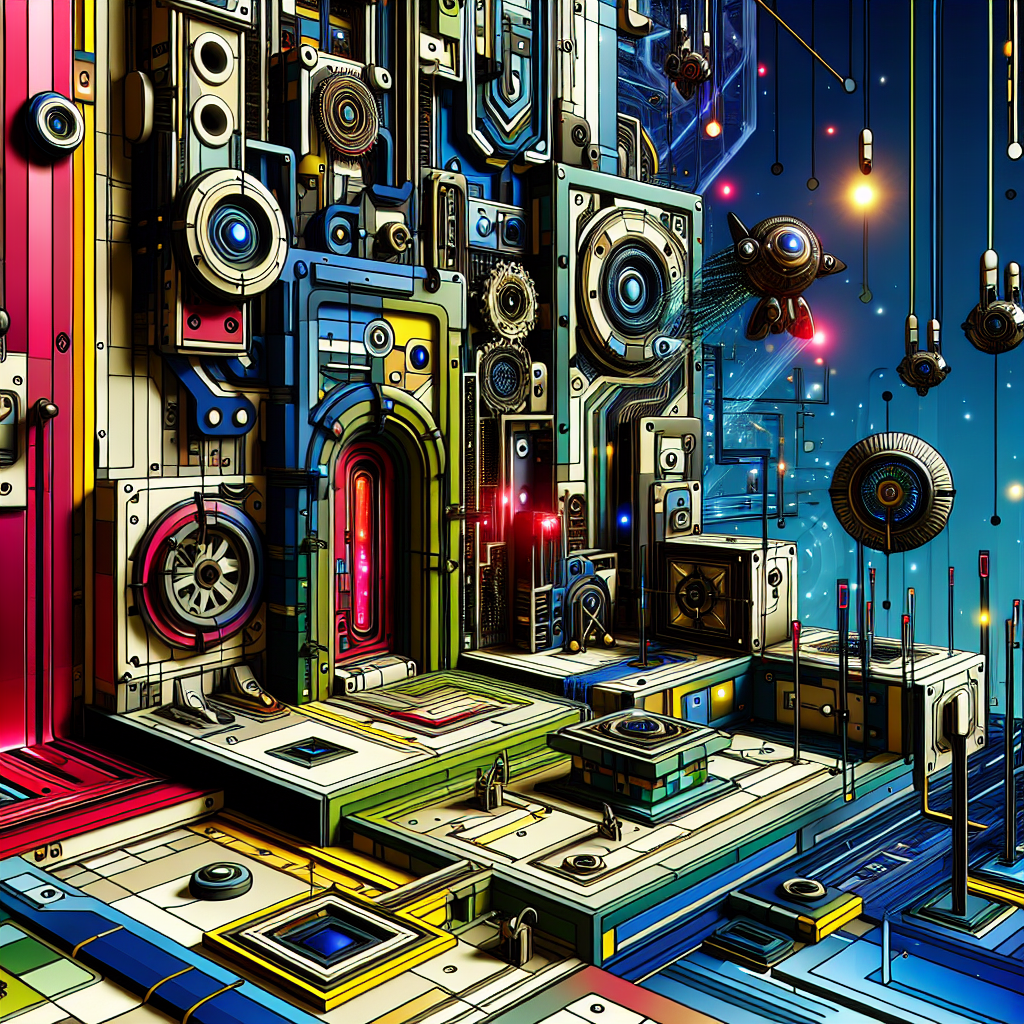
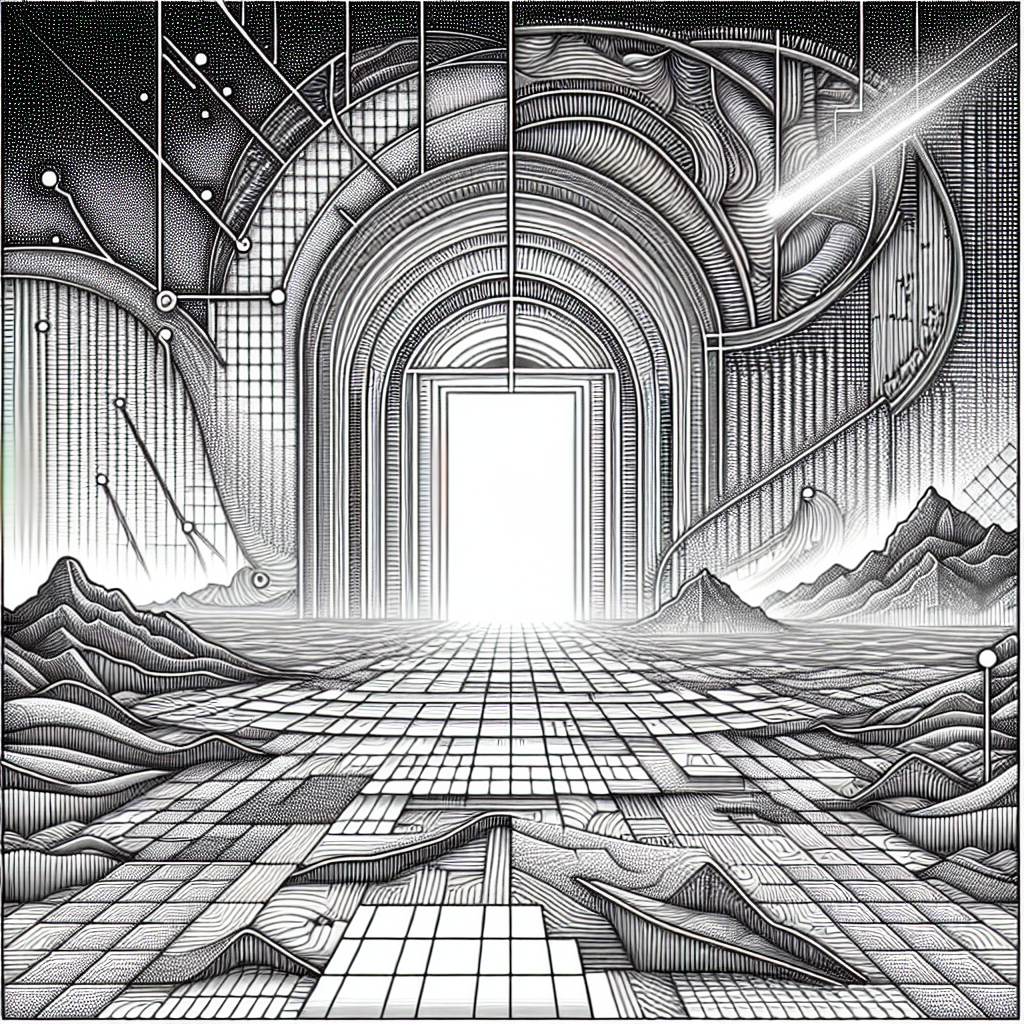
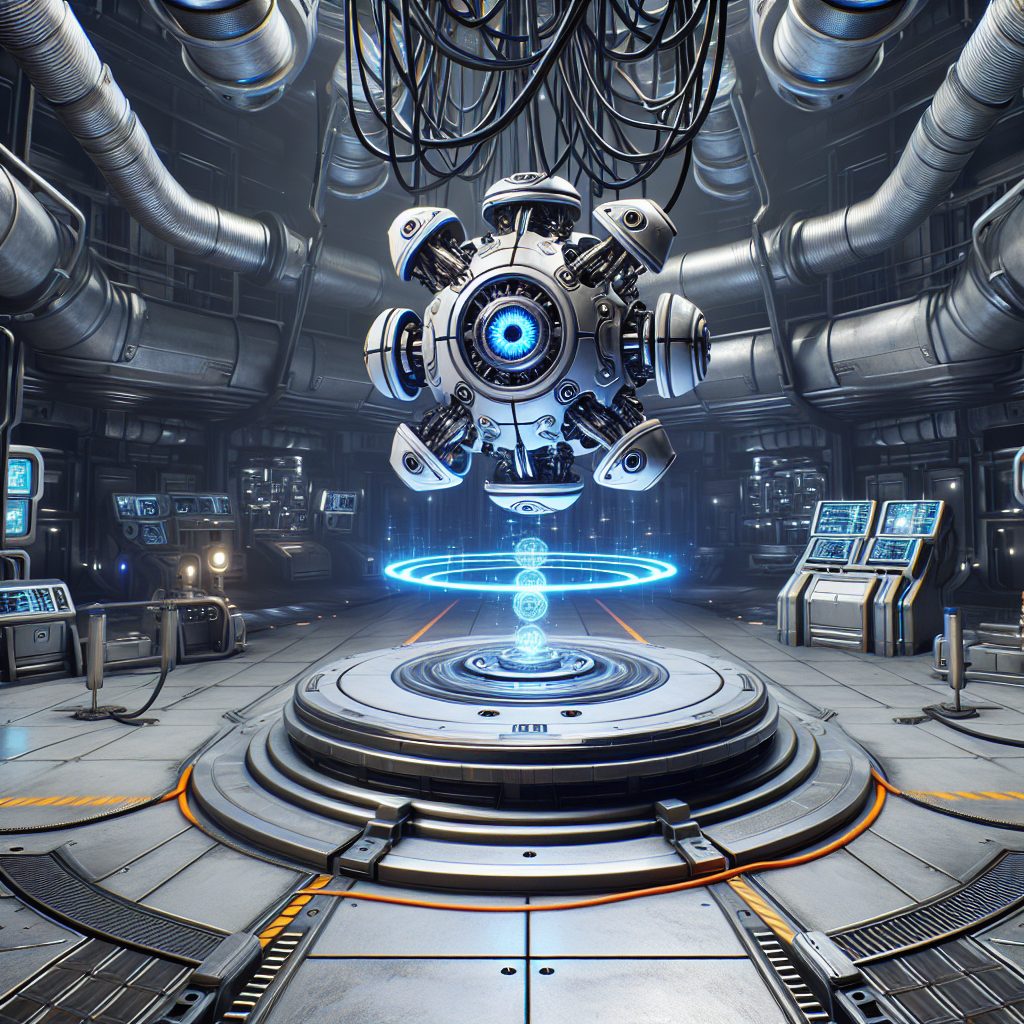
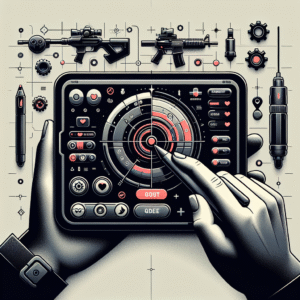
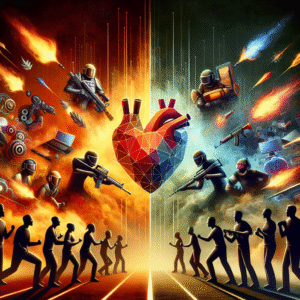


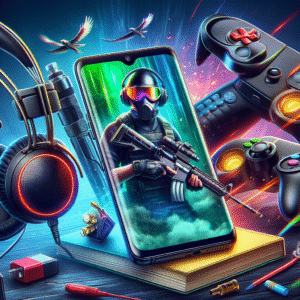

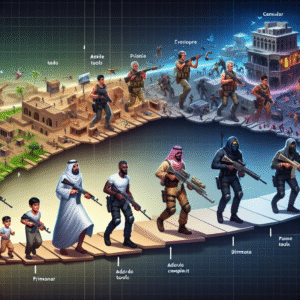
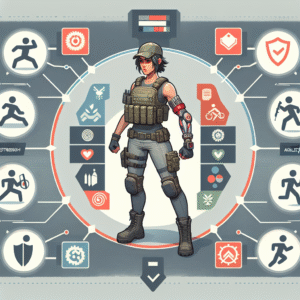
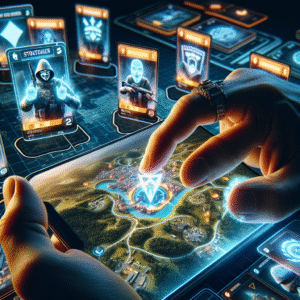
Post Comment